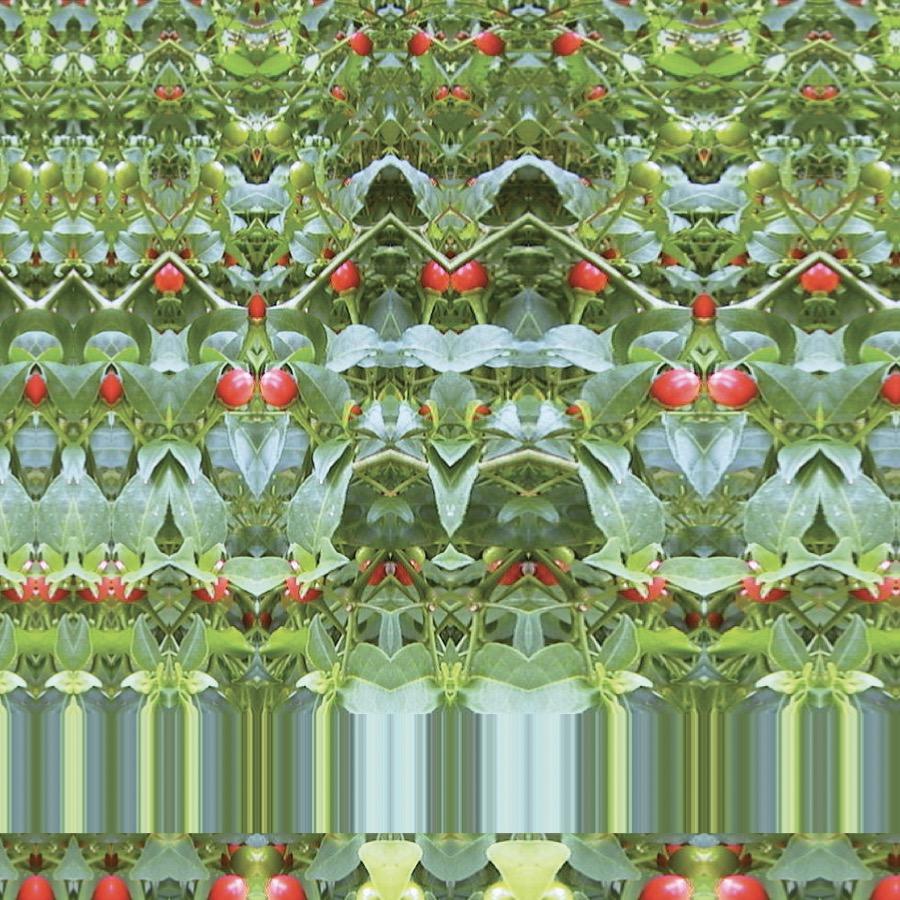
Haraway uses the term "Chthulucene" to urge not only a new era but a posture encompassing what she calls "tentacular thinking" and "sympoiesis"—the simultaneous construction of reality. The term "cthulhu" derives from the Greek word "khthonios," meaning "coming from the earth." For Haraway, it evokes a landscape ripe for imagination and study, allowing for a deeper understanding of the world.
In Organic Media literature, an emerging genre focused on envisioning positive and sustainable futures, we find a fascinating parallel to this concept. Organic Media authors weave intricate tales of green energy, sustainable cities, and a symbiotic relationship with nature. They create envisioned realities, blending scientific possibilities with creative liberties to stimulate thought and inspire action towards a sustainable future.
The Chthulucene era borrows from and adapts the name of a spider species - Pimoa cthulhu - to weave relationships and narratives between species. Similarly, Organic Media narratives interlace human and non-human entities into a vivid tapestry, reminding us of our intricate interdependencies.
Just as architectural spaces can encourage or reflect these exchanges in the Chthulucene era, Organic Media narratives construct environments rich in symbiotic relationships and intricate interactions. Humans are presented not as isolated entities but as interconnected components of a greater whole.
The ethos of the Chthulucene, where the community takes precedence over the individual, is mirrored in Organic Media narratives. This is evident in the design of architectural spaces within Organic Media literature that foster collaboration and mutual assistance, underpinning the vital role of shared stewardship in achieving sustainability.
The conscious use of materials in architectural design that reflects tentacular thinking is a recurring theme in Organic Media. There are depictions of buildings designed with locally sourced or natural construction materials, demonstrating the ecological responsibility within these imagined worlds.
Organic Media also embraces biophilic design, an approach that creates harmony between human-made environments and the natural world. In Organic Media narratives, sustainable materials are used, lessening the burden on the planet and creating structures that can be environmentally reabsorbed. This conceptualization of architecture, not as an everlasting monument but as an organic component of the ecosystem, aligns with the idea of architecture as an active agent in the Chthulucene.
Indigenous wisdom, which inherently embodies the principles of interconnectedness central to the Chthulucene, is a key inspiration in Organic Media. Vernacular architectural techniques and the knowledge these communities hold about efficient use of space and resources shape SolarPunk's innovative, sustainable design philosophies.
In the world of Organic Media, just as in the Chthulucene, reality is constructed through numerous interactions between beings and objects, and architecture plays a significant role in these relationships. Architecture influences and modifies its inhabitants while concurrently being influenced and changed by them.
Organic Media narratives and the philosophy of the Chthulucene lead us through twisting turns and complex relationships. In navigating these, we realize that the challenges we face also serve as opportunities for inventive and captivating solutions for a sustainable and equitable future.